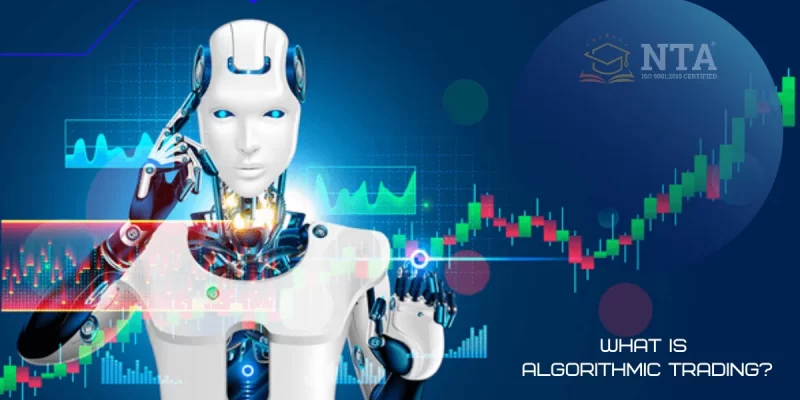Algorithmic trading, also known as algo-trading or black-box trading, involves the use of complex algorithms to execute trades within financial markets. This method leverages computational algorithms that are programmed to follow a defined set of instructions for placing trades with the aim of generating profits at a speed and frequency that is impossible for a human trader.
The Basics of Algorithmic Trading
At its core, algorithmic trading works by following a set of predefined rules that may include timing, price, quantity, or any mathematical model. Unlike humans, algorithms can process enormous volumes of data in fractions of a second and place trades based on the criteria met in the trading plan.
Advantages
The main advantages of algorithmic trading are:
- Speed: Algorithms can scan and execute trades on multiple indicators at a speed incomprehensible to humans.
- Accuracy: Trades are executed at the best possible prices without significant price deviations.
- Reduced Risk of Errors: Since trades are automatically executed once certain criteria are met, the likelihood of human error is significantly reduced.
- Cost Efficiency: Algo-trading can be less costly since it often results in tighter spreads due to increased order execution speed.
- Emotionless Trading: Algorithmic trading removes human emotions from the trading process, thereby allowing consistent decision-making.
Strategies
Some common strategies used in algorithmic trading include:
- Trend Following: Such as moving averages, channel breakouts, and other technical indicators.
- Arbitrage Opportunities: Buying a dual-listed stock at a lower price in one market and simultaneously selling it at a higher price in another market.
- Index Fund Rebalancing: Algorithms are programmed to execute orders in alignment with the rebalancing period to benefit from the expected trades that offer 20–80 basis points profits depending on the number of stocks in the index fund prior to index fund rebalancing.
- Mean Reversion: Assumes that the asset prices will revert to their mean or average over time.
- High-Frequency Trading (HFT): Involves sophisticated algorithms to exploit small or short-term market inefficiencies.
The Technology Behind Algorithmic Trading
Algorithmic trading platforms have been continually advancing and now incorporate features like machine learning and artificial intelligence to refine strategies and executions. These technologies allow algorithms to learn from the market and adapt to new conditions autonomously, improving their performance over time.
Infrastructure
A robust technological infrastructure is crucial to support high-speed data feeds, ultra-low latency trade execution, and real-time monitoring. Many traders and firms use direct market access and co-location services at exchange servers to gain an edge in speed.
Regulatory Concerns and Risks
Despite the many benefits, algorithmic trading poses risks and regulatory concerns. It is associated with systemic risk wherein faulty algorithms or excessive order flows might cause sharp price swings and even flash crashes. Regulators around the world are closely examining and implementing rules designed to monitor the effects of algo-trading on market stability.
Conclusion
Algorithmic trading represents a significant portion of trades in financial markets. Its efficiency and speed have transformed market dynamics, creating opportunities and challenges. As technology evolves, so too does the landscape of trading. For those willing to invest in the required technology and expertise, algorithmic trading offers a powerful toolkit for achieving trading objectives.













Comments